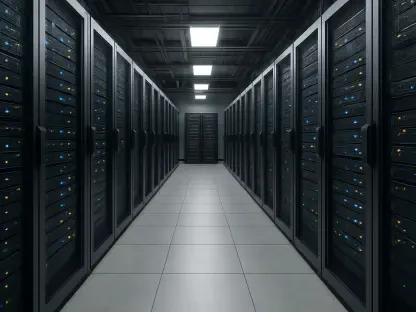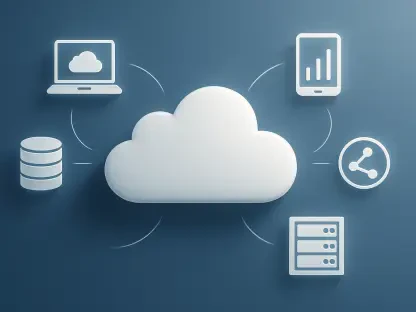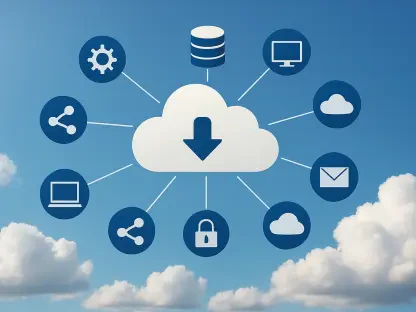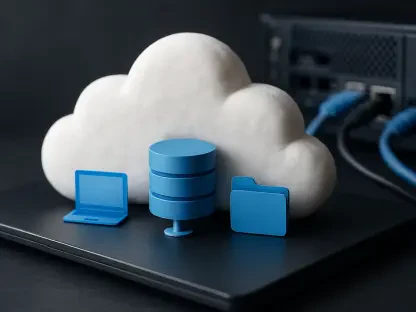Meet Maryanne Baines, a renowned authority in cloud technology with extensive experience evaluating various cloud providers, their tech stacks, and product applications across diverse industries. In this engaging conversation, Maryanne dives into the complexities of SAP’s migration challenges, the bold decisions made by major retailers like Kingfisher to deviate from vendor-recommended paths, and the broader implications for ERP strategies. We explore themes such as the balance between innovation and legacy systems, the role of third-party support, and the impact of looming support deadlines on SAP customers. Join us as Maryanne unpacks these critical topics with insightful perspectives.
Can you walk us through why a major retailer like Kingfisher chose to step away from SAP’s recommended upgrade path to S/4HANA?
Kingfisher’s decision to bypass the upgrade to S/4HANA was rooted in their skepticism about the tangible business value of the transition. They engaged in detailed negotiations with SAP to understand what benefits the upgrade would bring to their operations, but ultimately, they weren’t convinced it justified the cost and effort. Instead, they opted to keep their legacy ECC system, moving it to Google Cloud with third-party support. It’s a bold move that reflects a growing trend among large organizations to critically assess whether vendor-driven upgrades align with their strategic goals.
What specific concerns did Kingfisher have about the business value of moving to S/4HANA?
From what’s been shared publicly, Kingfisher was looking for clear evidence that S/4HANA would deliver measurable improvements—whether in efficiency, cost reduction, or new capabilities. They questioned whether the platform’s promised innovations would translate into real-world benefits for their retail operations, especially given the hefty investment and potential disruption. It’s a common concern for many SAP customers who are wary of undertaking massive transformations without a rock-solid business case.
How did third-party support factor into Kingfisher’s strategy to stay on their legacy system?
Third-party support, specifically from providers like Rimini Street, became a cornerstone of Kingfisher’s approach. It allowed them to extend the life of their ECC system without relying on SAP’s direct support, which comes with escalating costs and pressure to upgrade. This move gave them the flexibility to focus on other priorities, like innovation outside the SAP ecosystem, while still maintaining a stable ERP foundation. It’s a pragmatic choice for companies looking to delay major upgrades without sacrificing operational reliability.
Can you elaborate on the cost savings Kingfisher achieved by opting for third-party support over SAP’s services?
Reports suggest that switching to third-party support can result in savings of 50 to 90 percent compared to SAP’s standard support fees. For a company like Kingfisher, with a turnover in the billions, that translates to substantial financial relief. These savings aren’t just about cutting costs—they also free up budget for other strategic initiatives, like investing in AI and cloud technologies outside of SAP’s offerings. It’s a clear win in the short term, though it comes with trade-offs we’ll discuss later.
What are some of the risks or challenges Kingfisher might have weighed before choosing third-party support?
One major concern would be the potential loss of direct vendor support and the associated benefits, like access to SAP’s latest updates or patches. There’s also the risk of reduced leverage in future negotiations with SAP—if they ever decide to return to the vendor’s ecosystem, they might face penalties or miss out on incentives. Additionally, third-party support, while cost-effective, may not always match the depth of expertise or integration that SAP provides. Kingfisher likely had to balance these risks against the immediate benefits of cost savings and flexibility.
How is Kingfisher driving innovation without adopting SAP’s cloud solutions like RISE?
Kingfisher has taken a creative route by leveraging Google Cloud tools and Databricks to build an AI-driven strategy. They’ve focused on areas like personalization, recommendation engines, and flexible pricing models, all of which are powered by data from their core ERP system. This approach shows that innovation doesn’t have to be tied to a vendor’s cloud platform—you can build around your existing systems with the right partnerships and tools, maintaining control over the pace and direction of change.
How do these AI-driven innovations tie back to their core ERP data, and why is that significant?
The AI initiatives Kingfisher is pursuing rely heavily on the data housed in their ECC system. This data forms the backbone of their operations—think inventory, sales, and customer insights. By integrating this with Google Cloud and Databricks, they’re able to extract value through advanced analytics and machine learning, creating tailored customer experiences and dynamic pricing. It’s significant because it proves you don’t need to overhaul your ERP to unlock cutting-edge capabilities; sometimes, it’s about how you use what you already have.
What potential drawbacks does Kingfisher face by sticking with ECC and third-party support instead of upgrading?
Staying on ECC with third-party support isn’t without its challenges. One big issue is the risk of falling behind on innovation tied to SAP’s newer platforms—features and capabilities that are exclusive to S/4HANA and cloud environments. There’s also the looming end of SAP’s direct support for ECC in 2027, or 2030 with a premium extension. If third-party support can’t keep up with evolving needs or compatibility issues, Kingfisher might face operational hiccups. Plus, they’ve potentially sacrificed some bargaining power with SAP for future deals, which could hurt down the line.
How does SAP’s firm stance on cloud migration and support deadlines impact its customer base?
SAP’s position—that the latest innovations are only available through their public or private cloud solutions—puts significant pressure on customers. It’s a classic carrot-and-stick approach: the carrot being cutting-edge features, and the stick being the 2027 support deadline for ECC. This creates a sense of urgency for customers to migrate, but it also breeds frustration among those who aren’t ready or see limited value in the move. Many feel boxed in, forced to either comply with SAP’s timeline or seek alternatives like third-party support, as Kingfisher did.
What broader impact might Kingfisher’s decision have on other SAP users facing similar dilemmas?
Kingfisher’s choice could serve as a powerful example for other SAP users. It demonstrates that there are viable paths outside the vendor’s roadmap—whether through third-party support or alternative cloud solutions. This might inspire other companies to question SAP’s “share of wallet” strategy and explore options that better fit their budgets and timelines. However, it also raises questions about long-term sustainability and whether stepping away from SAP’s ecosystem is a temporary fix or a permanent shift.
What is your forecast for the future of ERP strategies as more companies grapple with these migration challenges?
I believe we’re heading toward a more modular and flexible ERP landscape. As companies like Kingfisher show, there’s growing interest in avoiding vendor lock-in and building hybrid solutions that combine legacy systems with modern cloud and AI tools. Support deadlines will push some toward upgrades, but others will double down on third-party options or even consider non-SAP alternatives. The key battleground will be balancing cost, innovation, and control—vendors like SAP will need to adapt to this demand for flexibility, or risk losing ground to more agile competitors.









